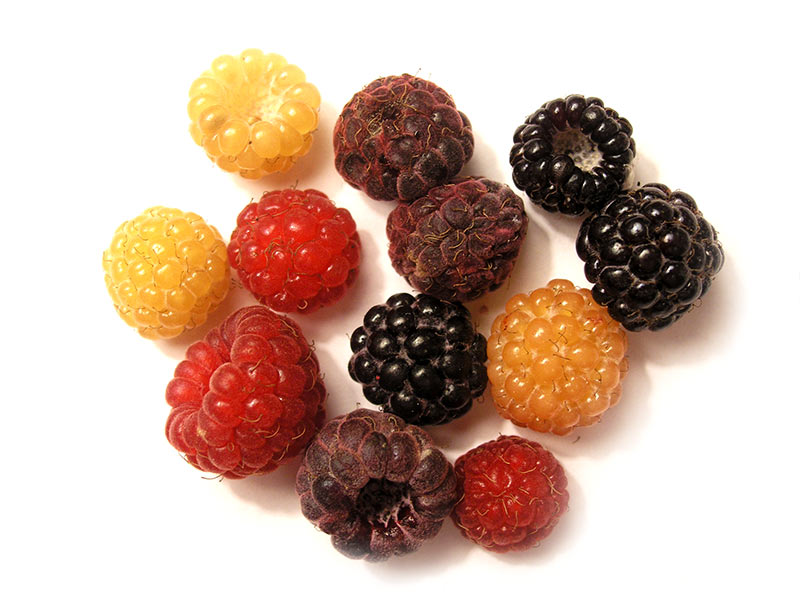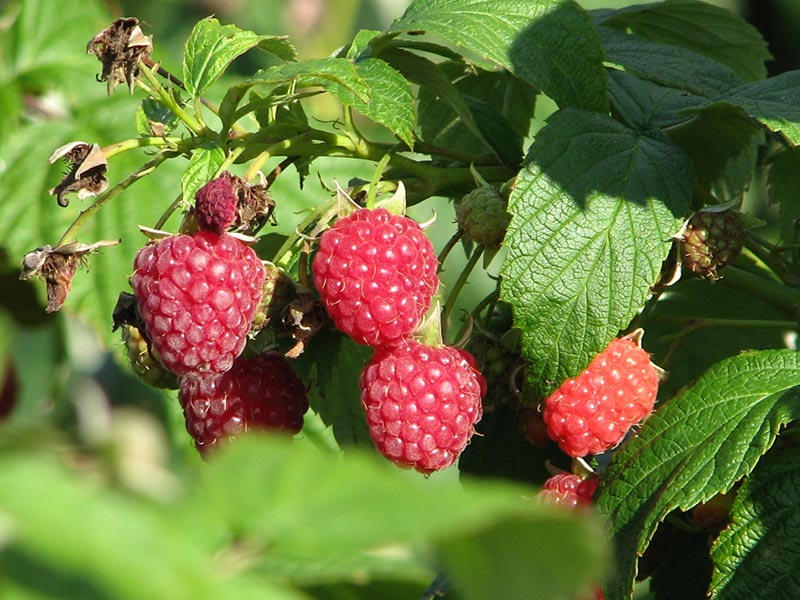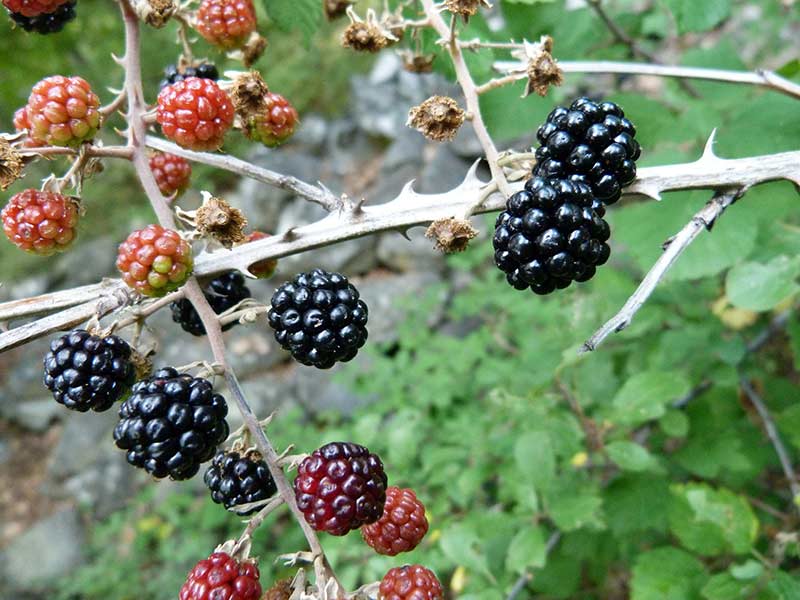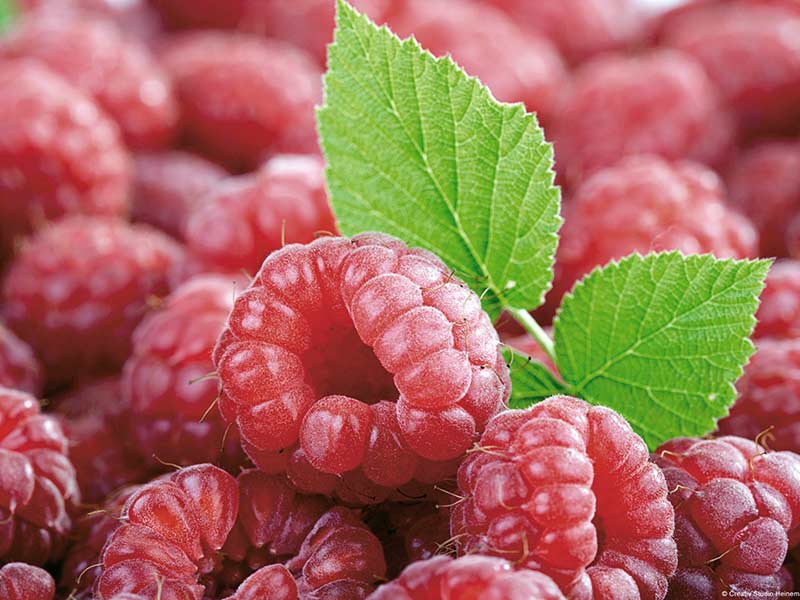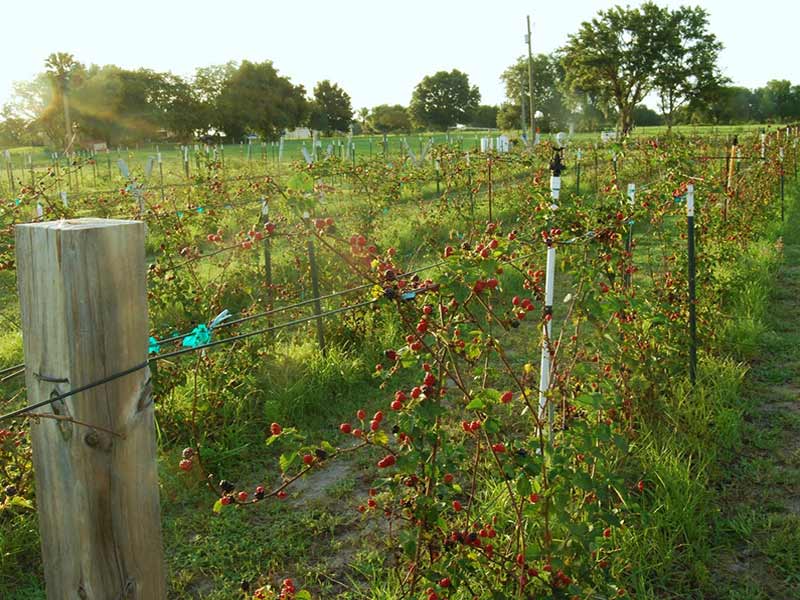Growing Sea Buckthorn in South Africa
In recent years Sea Buckthorn started to become more popular for its health benefits, ornamental value and low maintenance. Although this berry originated in parts of Eastern Europe through to South Asian parts to the Himalayas and Mongolia regions, most of the cultivated plants were developed in Russia.
Sea Buckthorn is relatively new to South Africa, but as our market also tends to start focussing more on organic, nutrient loaded, healthier food options and products, the market for this highly valued berry is increasingly growing. Due to its many medicinal properties and nutrients, especially the very scarce Omega 7, there is a large growing demand for products made from the berries such as juices, oils, jams, lotions, liquors, powders, cosmetic and anti-aging products.
As Sea Buckthorn berries are also being known as one of the world’s super fruits, it is becoming a very attractive addition to other fruit crops.
Apart from the healthy fruit, the shrub also adapt in most soils and climates, is salt tolerant and also fixes nitrogen in the soil. It can therefore successfully be used for soil conservation or rehabilitation purposes.


